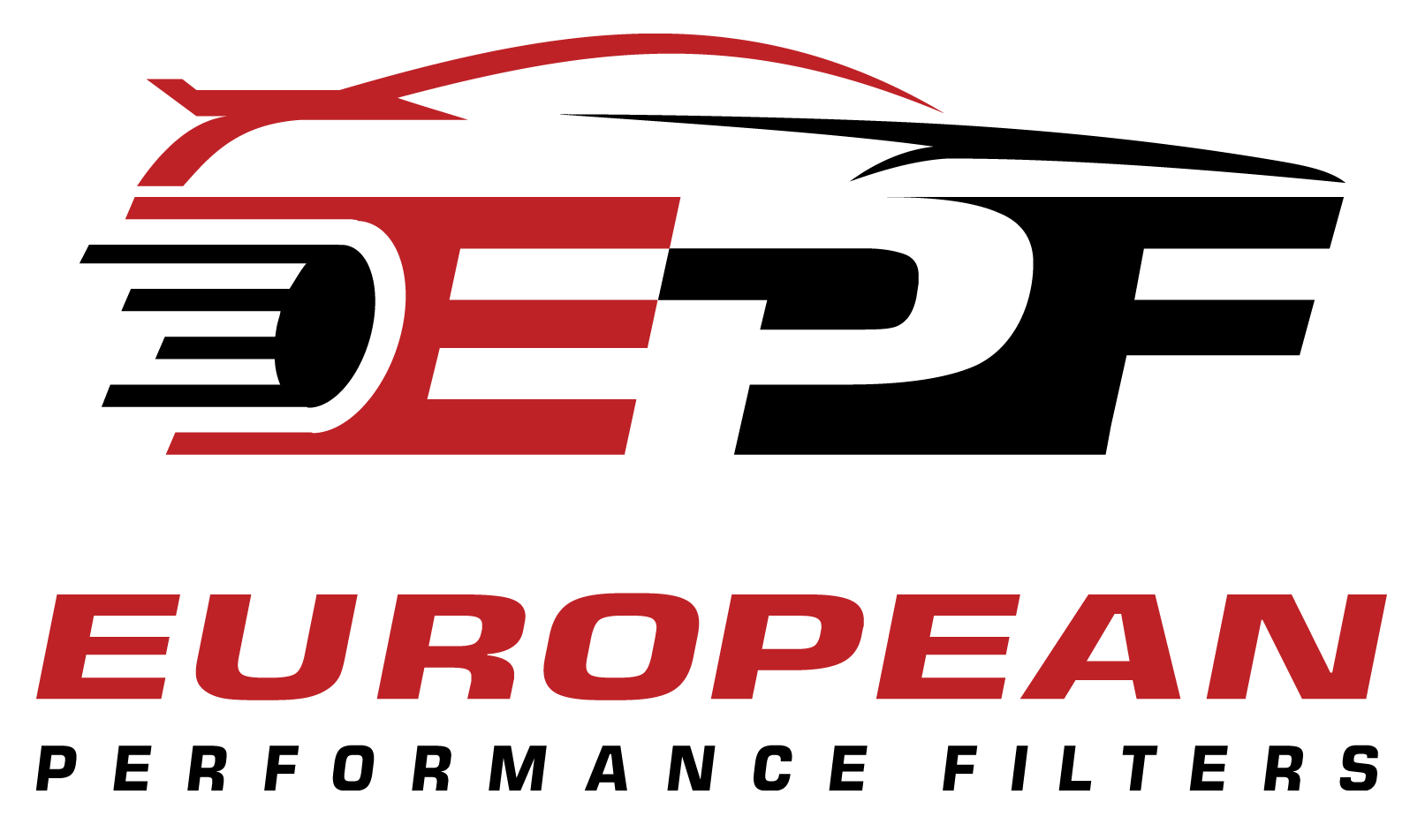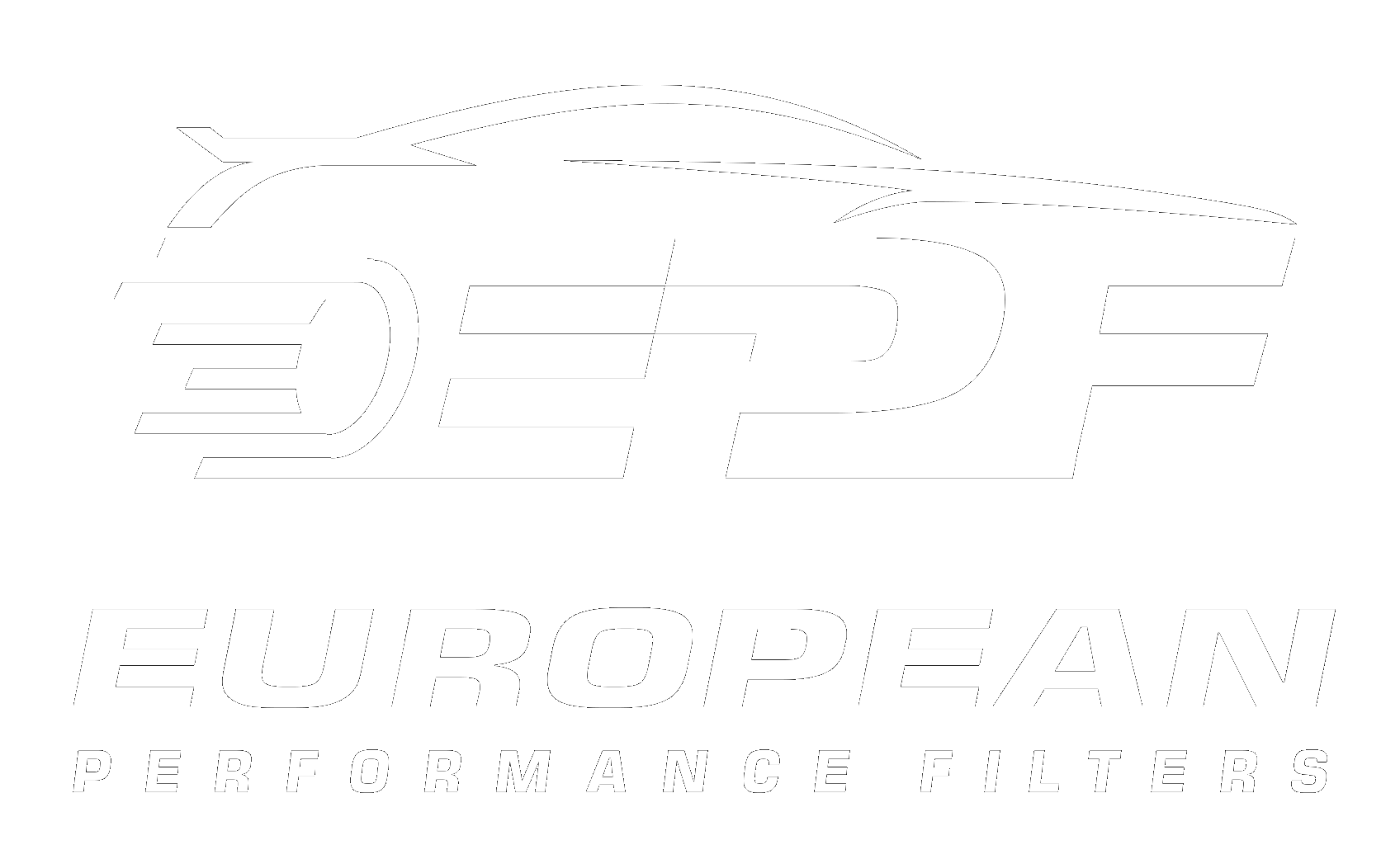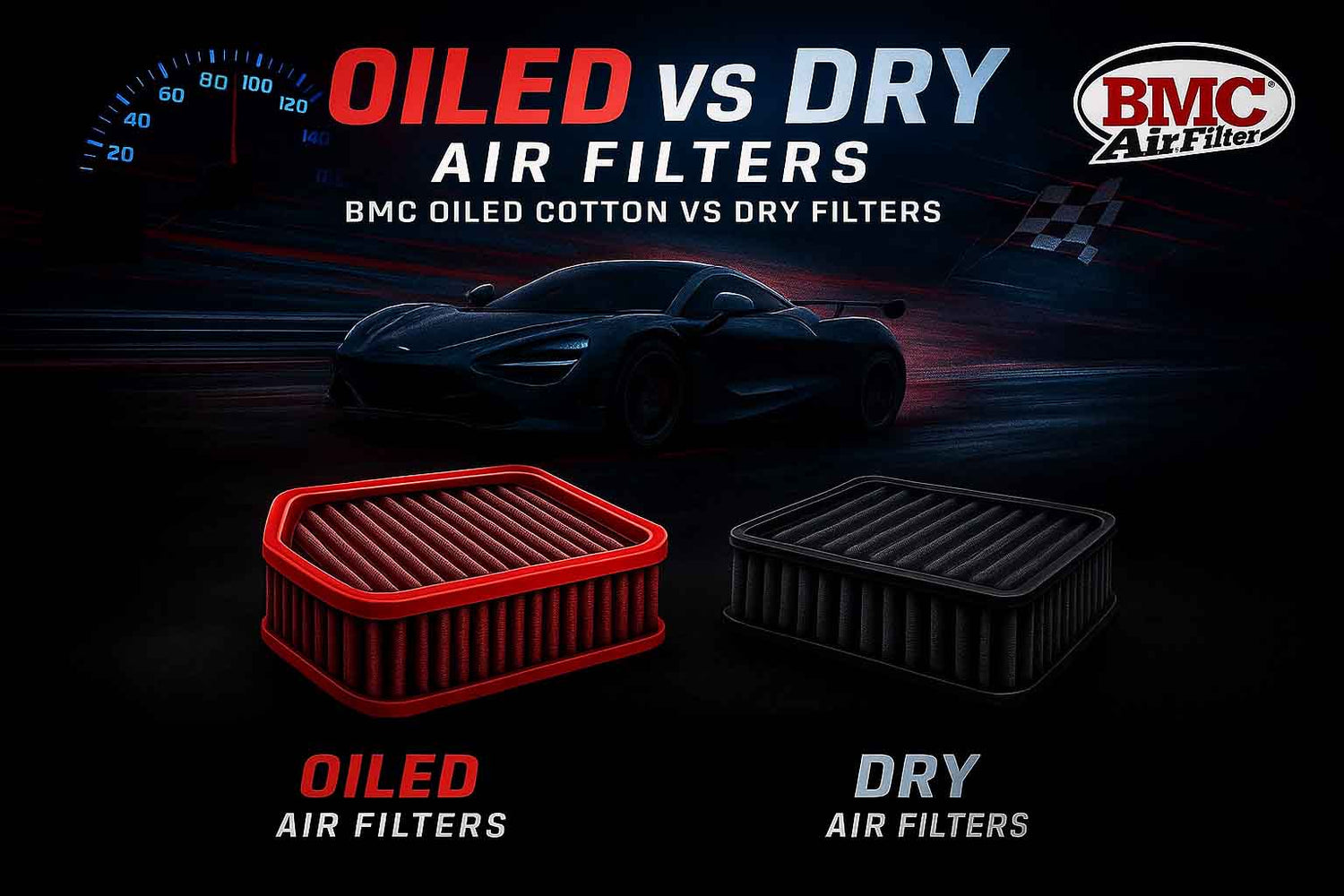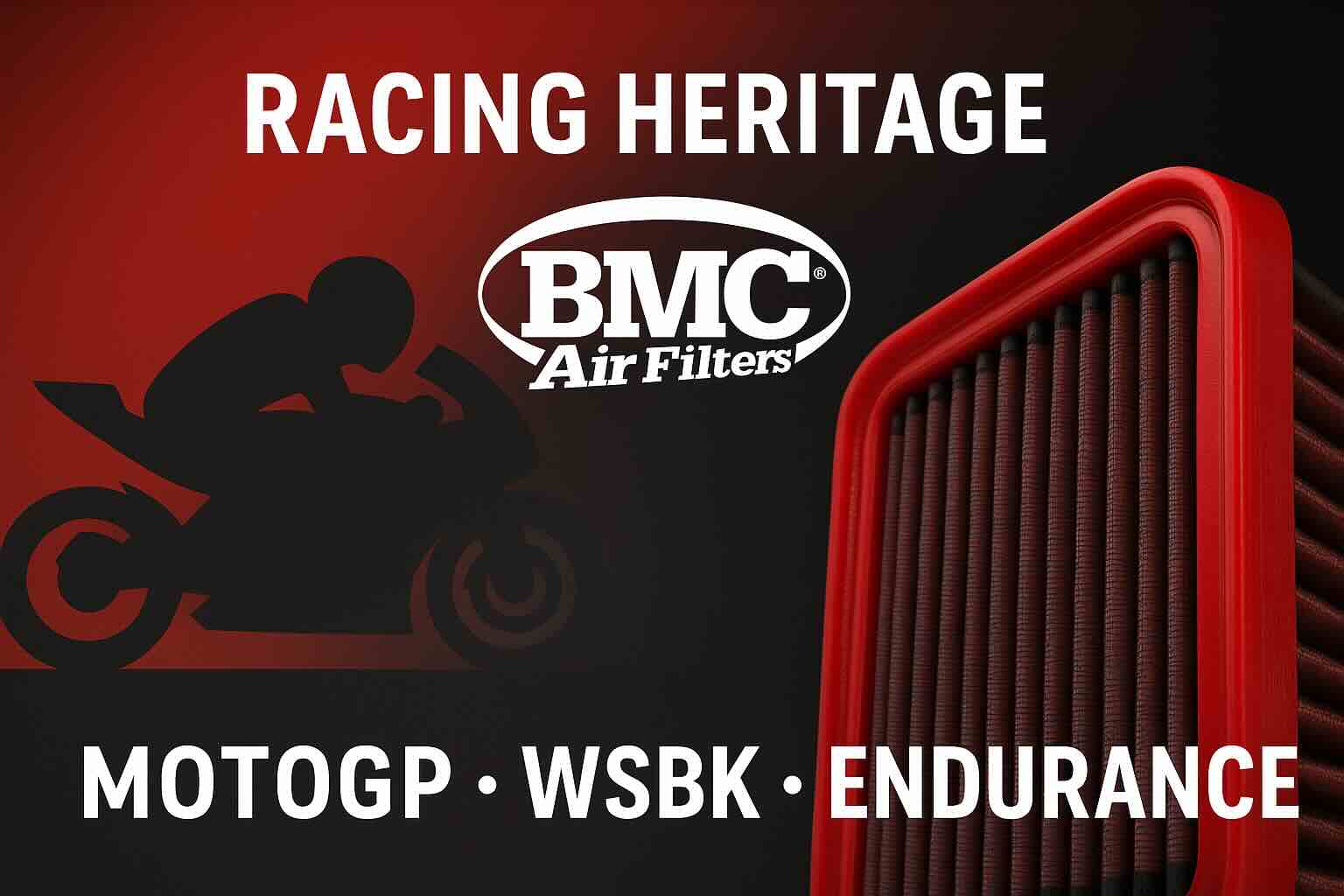Summary: Choosing between an oiled air filter and a dry air filter affects airflow, filtration, maintenance, and long-term engine health. This guide compares both across all applications (street, track, off-road, motorcycles, trucks) and explains why BMC’s oiled cotton gauze filters are the preferred choice for enthusiasts who want maximum performance without compromising protection. Includes charts, maintenance tips, and a source list—plus SEO-friendly links to the products you actually sell.
Quick links: All BMC Filters · BMC Air Filters · BMC Cleaning Kit
Table of Contents
- Oiled vs Dry: Quick Overview
- How Oiled Filters Work (BMC Focus)
- How Dry Filters Work (aFe / AEM)
- Head-to-Head Comparison: Filtration, Airflow, Maintenance, Cost
- Best Choice by Use Case (Street, Track, Off-Road, Motorcycles)
- Why We Recommend BMC Oiled Filters
- FAQ
- Sources
1) Oiled vs Dry: Quick Overview
Dry performance filters (often synthetic) typically show slightly higher absolute filtration in standardized tests, while oiled cotton filters (like BMC) typically deliver higher airflow with near-OEM filtration efficiency. For most drivers, the real-world difference in engine protection is small; on the other hand, the airflow advantage from quality oiled cotton filters is noticeable on high-output and high-RPM engines.


2) How Oiled Filters Work (BMC Focus)
Multi-layer cotton gauze + low-viscosity oil is the hallmark of BMC. The oil film gives cotton’s open pores a “tack” that traps fine particles while allowing excellent airflow. BMC’s epoxy-coated mesh maintains pleat geometry under heat/vibration, and their full-moulded one-piece rubber frame maximizes sealing area and durability. Result: race-grade breathing with excellent capture.
Why this matters: pressure drop across the element directly impacts throttle response and high-RPM flow. BMC publishes very low restriction versus OE paper and targets near-OEM filtration efficiency with multi-layer capture, often quoting particle containment down to fine dust sizes.
Shop the range: BMC Air Filters · Keep it performing: BMC Cleaning Kit
3) How Dry Filters Work (aFe / AEM)
Dry performance media (e.g., aFe Pro DRY S, AEM DryFlow) uses multi-layer synthetic fibers with progressively tighter weaves to achieve high capture efficiency—often tested ~99% in fine dust protocols. The trade-off is a slightly higher pressure drop versus oiled cotton for the same frontal area, so many brands offer both options: oiled for max flow, dry for no-oil convenience.
4) Head-to-Head Comparison
Filtration Quality
- Dry: Frequently tests around ~99% on fine dust in ISO-style procedures; excellent initial efficiency.
- Oiled (BMC): Targets near-OEM overall efficiency via multi-layer gauze + oil; published figures in the high 98s are common in manufacturer literature, with fine particle containment aided by the oil film.
Airflow & Restriction
- Oiled (BMC): Typically shows lower pressure drop for a given size—beneficial for high-RPM, turbo, and track use.
- Dry: Flows noticeably better than stock paper but usually a hair behind oiled cotton of identical geometry.
Maintenance & MAF Considerations
- Dry: Washable, no oiling step; very low risk to MAF sensors; quick service turnaround.
- Oiled (BMC): Washable + light re-oil. When correctly serviced (even coverage, no saturation) oiled filters are MAF-safe. BMC’s uniform factory oiling and fine gauze help avoid over-oiling hotspots.

Cost & Longevity
- Both: Reusable for the vehicle’s life with periodic cleaning. Upfront cost amortizes over years vs disposable paper.

5) Best Choice by Use Case
- Street / Daily: Either works. Choose oiled BMC for maximum responsiveness; choose dry for zero-oil upkeep.
- Track / Performance: Oiled BMC favored for the lowest restriction and consistent pull at high RPM.
- Off-Road / Heavy Dust: Dry often preferred for absolute capture and simple, frequent cleaning; or pair oiled cotton with a pre-filter in severe dust.
- Motorcycles / Sportbikes: Oiled BMC is common for high-revving engines that are sensitive to intake restriction.
6) Why We Recommend BMC Oiled Filters
- Airflow advantage without giving up real-world protection.
- Race-proven design, premium full-moulded frame, epoxy mesh, and tight QC.
- Reusable and durable—buy once, service occasionally, and drive.
Upgrade now: Shop BMC Air Filters · Keep performance consistent: BMC Cleaning Kit
FAQ
Will an oiled filter hurt my MAF sensor?
Not when properly serviced. Apply oil evenly, avoid saturation, let it wick. BMC’s factory pre-oil and fine gauze help maintain MAF-safe operation.
How often should I clean the filter?
Inspect every 10–20k miles (sooner in dust). Clean when visibly dirty or when performance drops. Oiled: wash + light re-oil. Dry: wash, dry, reinstall.
Will I feel a performance difference?
High-flow filters typically improve throttle response and can add a few horsepower on airflow-sensitive engines, especially at high RPM or with turbocharging.
Does a reusable filter save money?
Yes. Over a multi-year period, one reusable filter + occasional service usually costs less than repeated paper replacements.
Sources
- BMC Air Filters (Official) — product tech, materials, and manufacturing (full-moulded frames, epoxy mesh).
- aFe Power – Air Filters — media options (Pro DRY S vs Pro 5R), use-case guidance.
- AEM DryFlow (Official) — oil-free synthetic media overview and service intervals.
- Mishimoto Engineering — technical discussion of dry vs oiled filtration and airflow trade-offs.
- K&N (Official) — oiled cotton gauze technology, service procedures, MAF guidance.
- S&B Filters — dry vs oiled explainer and testing philosophy.
Note: Figures are indicative to visualize widely reported trends across brands and ISO-style tests. Always consult manufacturer data for your exact application.





Leave a comment
This site is protected by hCaptcha and the hCaptcha Privacy Policy and Terms of Service apply.